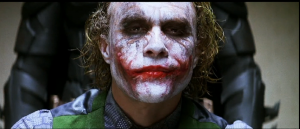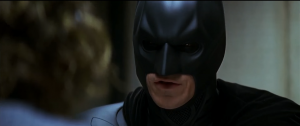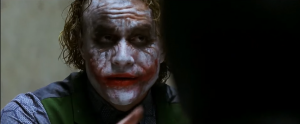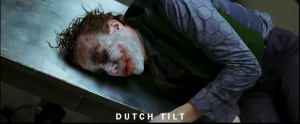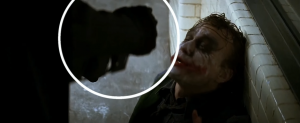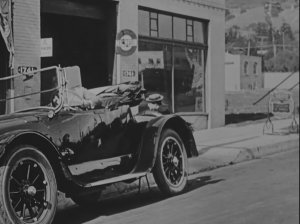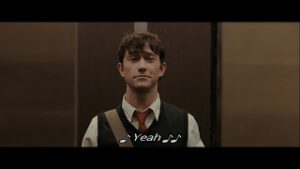Narrative
- A way of structuring meaning in the form of a story
- A sense of sequence of events in some kind of temporal order
- Inference of casual connections between events
But also Narrative refers to the way in which particular generalised stories circulate widely within a culture and are seen as valid and predictable, also referred to as ideology by media and cultural analysts.
Key Elements of Story
- Controllng idea
- Character
- Conflict (Competing goals)
- Structure (Progression)
- Character change/growth
What is a controlling idea? Mckee – Value + Cause
Character
It’s important to confirm, Who’s story is it?
Who is the protagonist and antagonist?
Protagonists
- Doesn’t die
- Is the one whose life is made difficult
- Is the person whose head we are inside
- Is the person who changes the most
- Usually drives the action
- Whoever speaks in voiceover is the protagonist
- Is central to the story’s dramatic high/turning points
- There can be more than one
Antagonists
- More than one?
- Need not to be the protagonists enemy but always cause change or trouble for them
- Not necessarily less interesting than the protagonist, often the story is written for them
- Powerfully driven and their wishes are in opposition to the protagonist
- Better depicted from the outside
Conflict=drama. There’s external and internal competing goals physically, emotionally, intellectually and spiritually.
Structure and Progression
How do you build in a structure so the audience is kept entertained “flattering the viewer” in their knowledge of the events and leading them places through their knowledge.
Look into how stories are structured (Like Lord of the Rings)
Act 1- Establishes the setup (characters relationships, situation, and the dominant problem they will face)
Act 2- Escalates the complications in relationships as the central character struggles with the obstacles that prevent them from solving the problem
Act 3 Intensifies the situation to a point of climax
